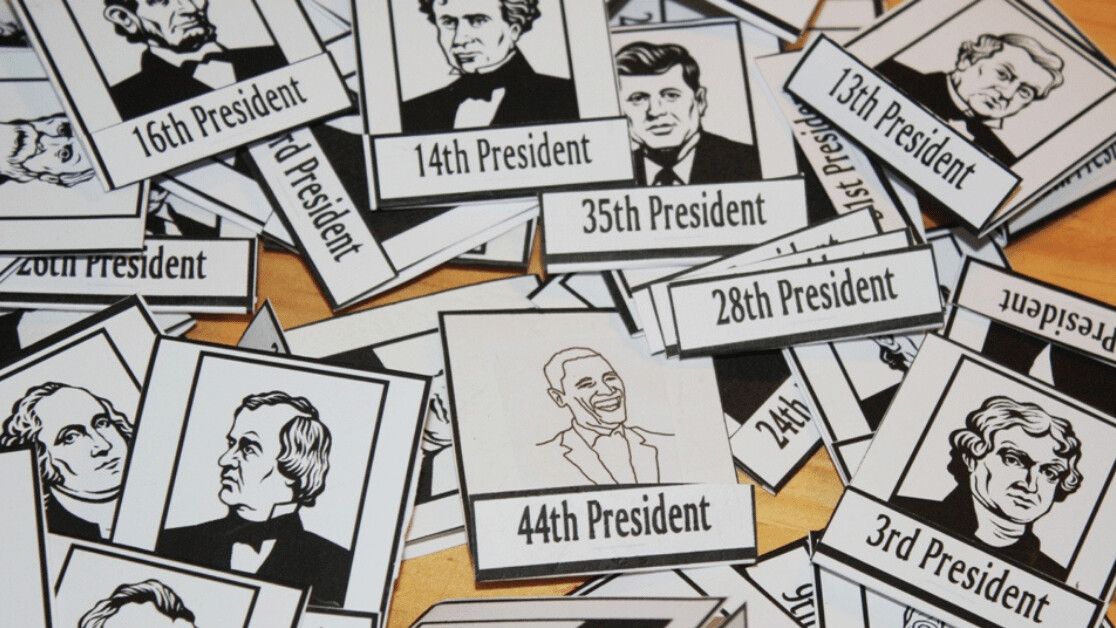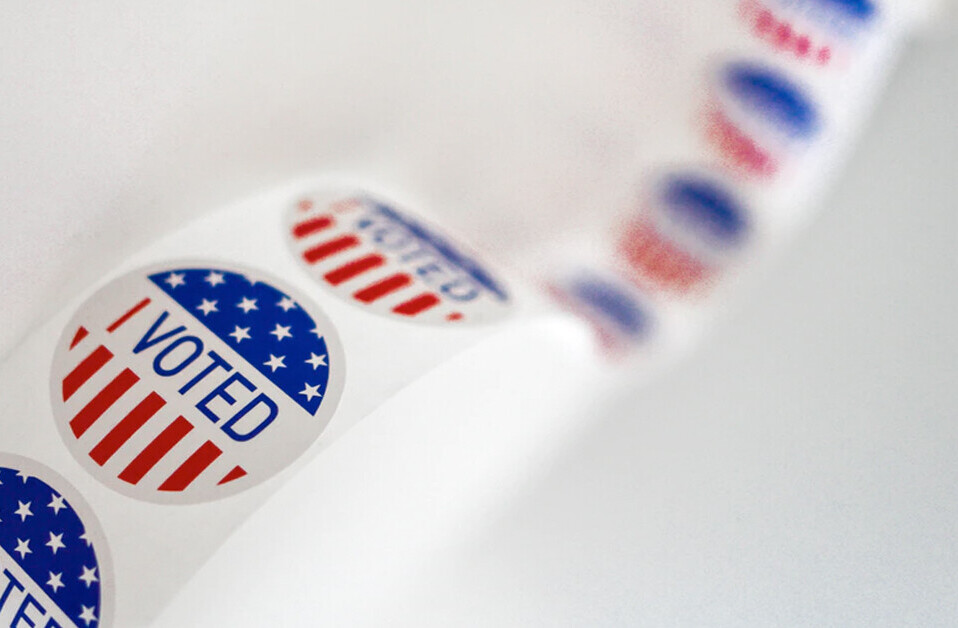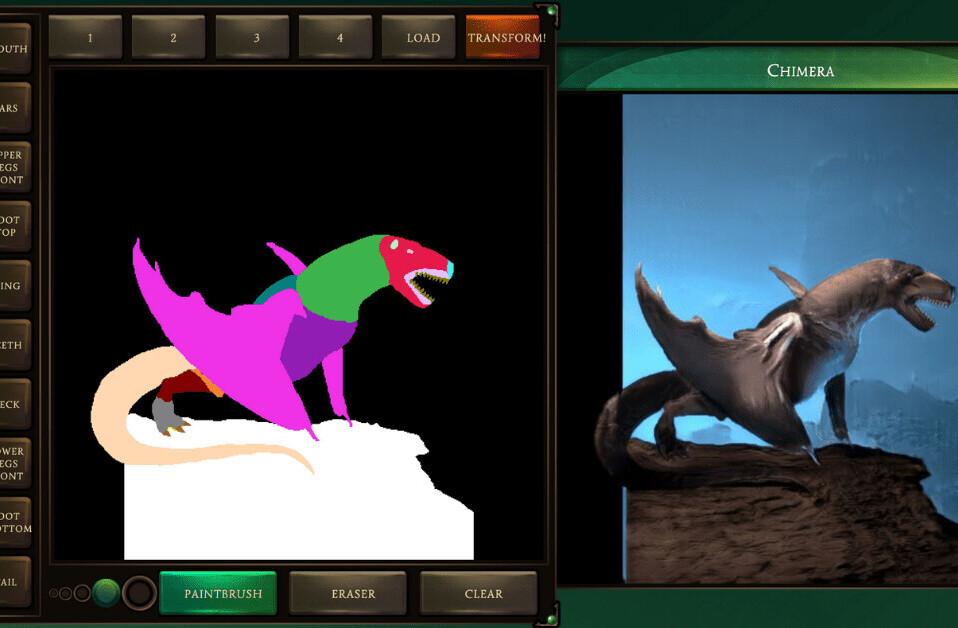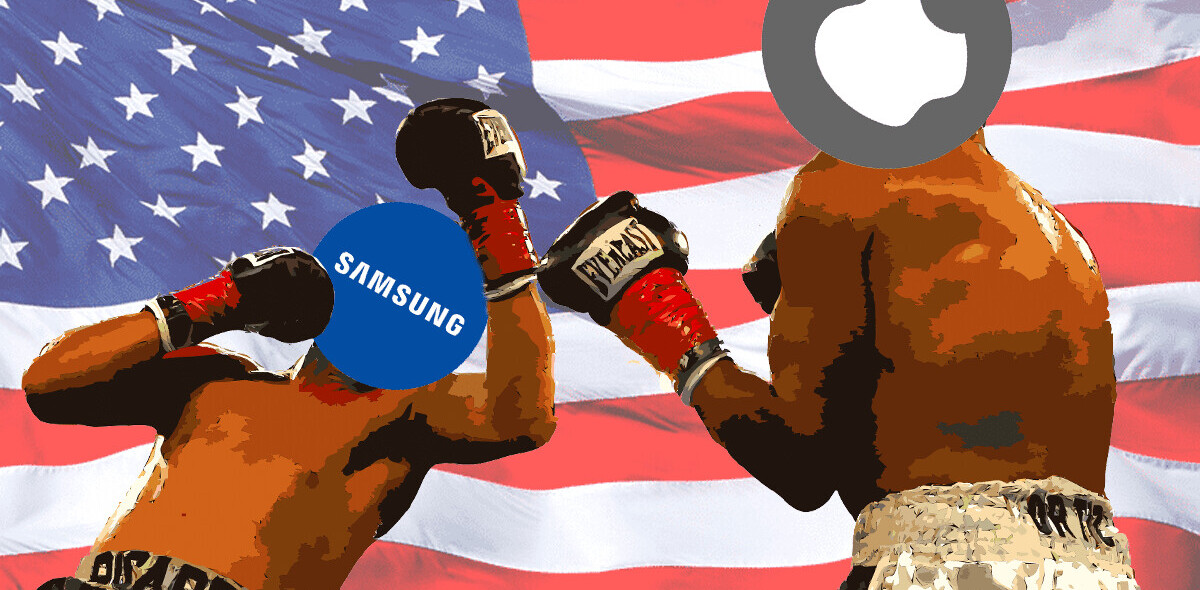A Dutch artist has launched an AI project that explores how a divided USA could be reunited. He calls it “the Bipartisan President.”
Jeroen van der Most (aka Most) used the GPT-3 language model to generate a series of politically-neutral slogans. He then fused them with a nightmarish morph of Donald Trump’s and Joe Biden’s faces uttering peak-centrist platitudes.
Producing the slogans was a pretty laborious process. Most began it by feeding GPT-3 the following three prompts:
- “Tagline ideas for a conservative political campaign:”
- “Tagline ideas for a liberal political campaign:”
- “Tagline ideas for a bipartisan political campaign:”
But the model struggled to understand the categories. For instance, when asked for a liberal tagline, it might respond with “Lower taxes, bigger military.”
That didn’t sound right to Most, so he selected only the taglines that he personally considered conservative, liberal, or bipartisan.
Most then validated his choices by running them through an existing algorithm that guesses whether a text extract was written by a conservative or a liberal. The slogans that were classified as a mix of the two ideologies were deemed bipartisan.
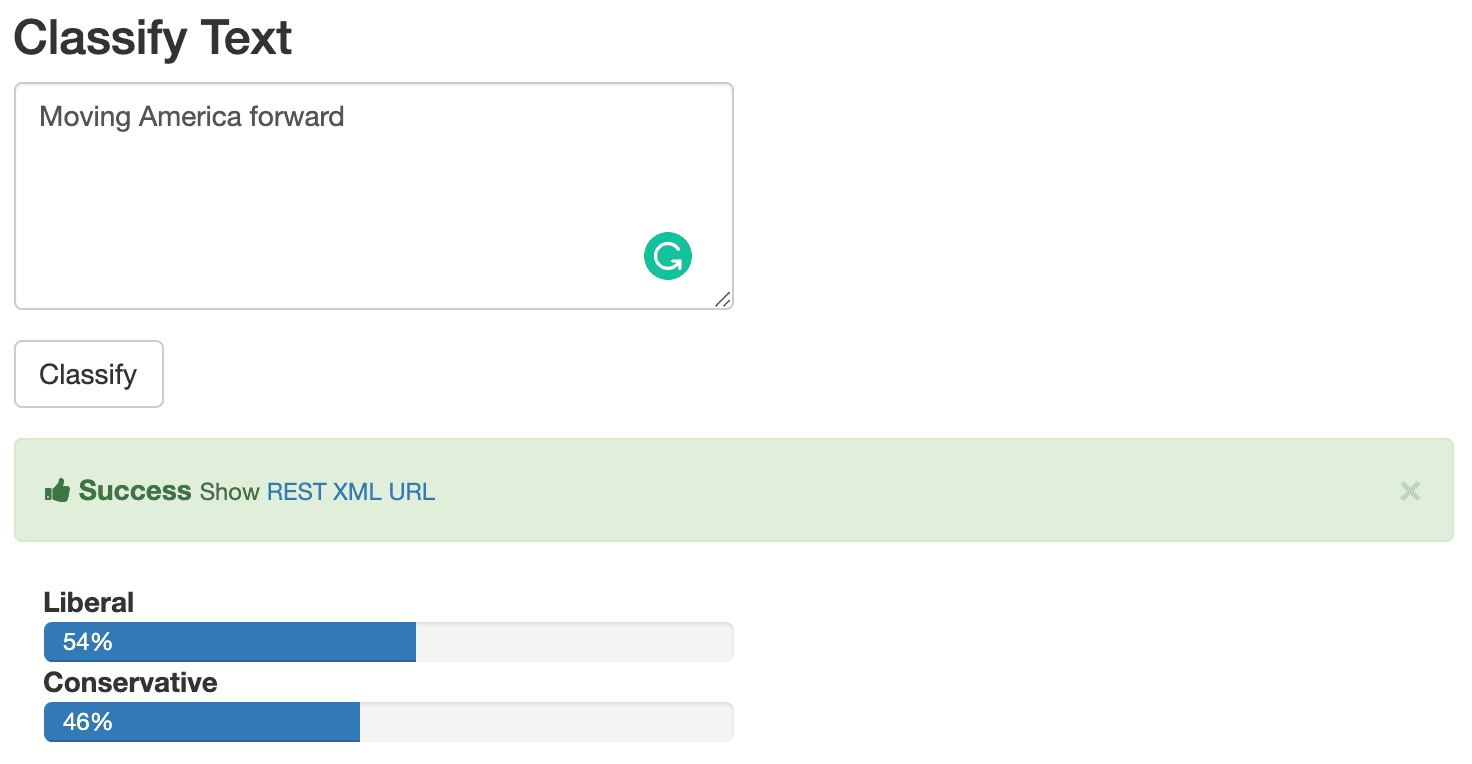
Next, Most returned to GPT3 with the prompt “Tagline ideas for a bipartisan campaign,” followed by some of the bipartisan taglines. Like the example below:
Tagline ideas for a bipartisan campaign:1. Win the future2. Moving America forward3. Renewing the American
Most then again applied the existing algorithm to double-check that the outputs scored on both the liberal and conservative scales. Finally, he checked whether the outputs had already been used by lobby groups or political initiatives by running them through a Google Search API. If the taglines didn’t appear within the first results, they were added to the list.
He says the bipartisan slogans evaded concrete policy themes, such as the “climate crisis” or “strengthening the military.” Instead, they expressed broad and quasi-inspirational sentiments that contained little of substance.
Most says the next steps could be using AI to write new bipartisan policies or developing a tool that provides warnings when a politician is evading questions. But he admits that the slogans he’s created are “filled with hollow rhetoric.”
“It also gives you a feeling somewhere that a bipartisan narrative is an illusion, which would be very dangerous for the USA and the world,” he told TNW. “In this way, the art piece is also a sort of warning and hopefully an encouragement to put more effort and solid scientific research into finding the new common ground.“
Get the TNW newsletter
Get the most important tech news in your inbox each week.
